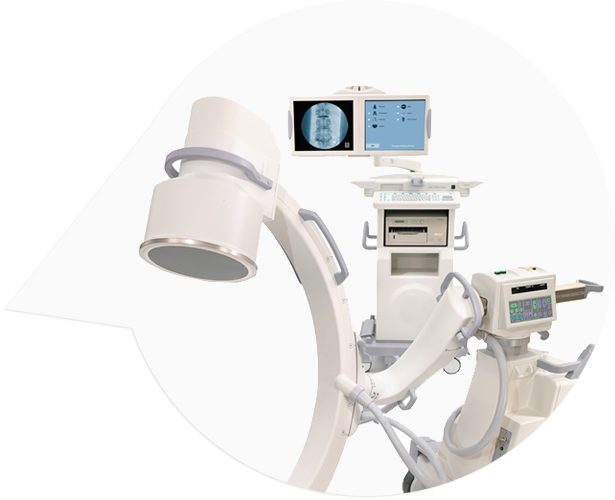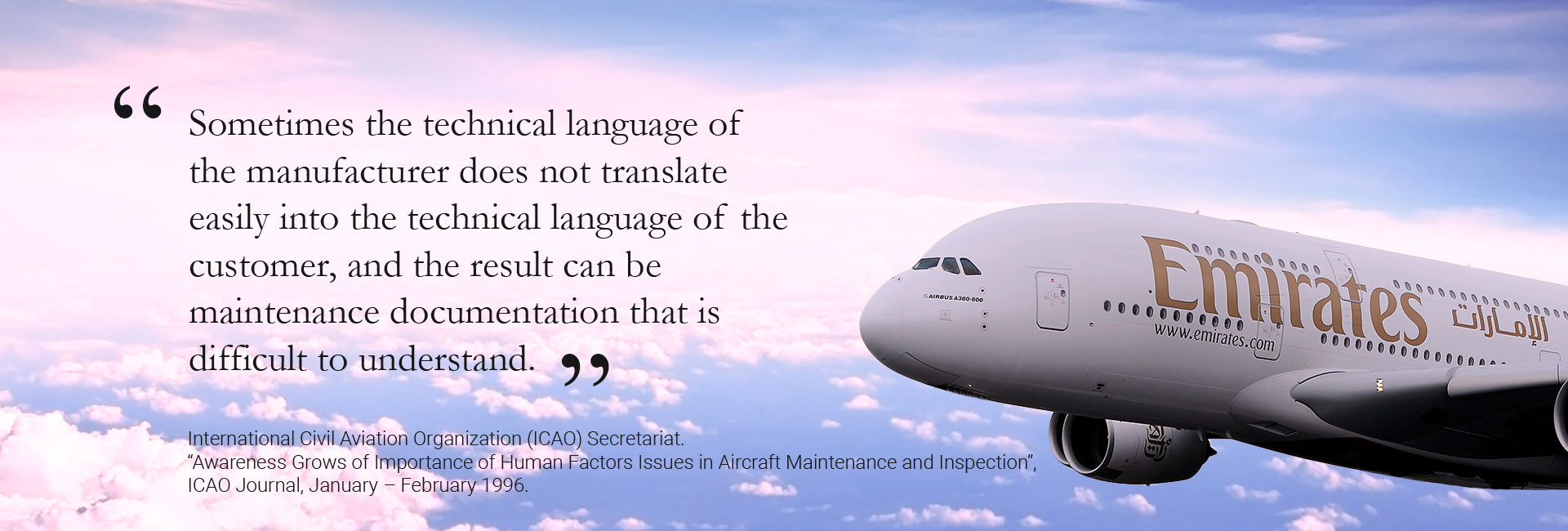It is important that operation and management information be understandable to the target audience. Sometimes, operation information is conveyed through a less-than-optimum selection of words. The manufacturer’s technical language can result in incomprehensible operation documentation.
Governance of Picture Archiving and Communications Systems: Data Security and Quality Management of Filmless Radiology, Carrison K.S. Tong, Eric T.T. Wong, Human Factors & Culture, 2009
English is the de facto language for almost all industries, including healthcare where communication is crucial to ensure operational efficiency and accuracy. Without good communication among healthcare professionals such as referring medical doctors, technologists, radiologists, clinicians, nurses, suppliers, maintenance and service engineers would imply that high quality standards become impossible to maintain.
Human errors can be expensive, lead to accidents, and risk product quality
More often than not, operation information is conveyed through a less-than-optimum selection of words. To cite a real-life example of a maintenance procedure where a certain step was ‘proscribed’ meaning prohibited, the technical personnel who read this instruction decided that the procedural step was ‘prescribed’ and hence recommended. Regrettably, he proceeded to carry out the prohibited action with dire consequences.
New manuals, job cards, operations and maintenance service bulletins are prime examples of documentation that must be proofread and beta-tested before being widely circulated. Proportionately, the labour costs involved in such documentation management processes can be immensely high.
Document complexity & volume
With the latest medical products and technology made available on the market, the increasing complexity and volume of medical data and healthcare information that must be created, recorded, integrated and managed cannot be avoided. Indeed, voluminous and complex writing that read very differently since they must have been supplied by various product manufacturers can negatively impact hospital’s operations when misread or misinterpreted. Volumes of user manuals from various sources with at times overlapping information also seem impossible to store and manage usefully.
A popular example in the aerospace industry is the well-known paper stack from aircraft manufacturers that supposedly exceeds the height of Mount Everest. Paper documentation support the work of aircraft operators. Airlines used to afford warehouses full of such paper stacks that document historical records of their aircraft maintenance. All of which proved too expensive to maintain later on.
Consequently, unmanageable volumes of text, document complexities, time-critical operations, as well as the growing proportion of healthcare workers whose first language is not English, all point to the need for a unifying English language standard that would allow the community to speak with one voice and convey critical information using fewer words.
Create manuals that speak with one voice
Safety begins with quality. Even the best product is only as good as its documentation and technical data, which allow the customer to use it safely and effectively.
Many incidents identified in the healthcare industry revealed poor technical understanding and communication due to missing user manuals, inadequately described operating instructions, and badly maintained equipment that add to the series of errors and accident occurrences.
Let’s take a close look at the following case study excerpt. Our customer is a manufacturer of mobile X-ray based imaging solutions. They created an operator manual and a service manual in Standard English that was subsequently edited in a controlled language known as Simplified Technical English (STE).
Standard English: inconsistent tone and excessive use of words
Control Panel Both the C-arm stand and the monitor cart have a control panel. The two control panels always show the same screen, enabling you to use them for system operation.Depending on the selected function, other controls (buttons, input boxes, displays, etc.) will appear on the control panel screen.The Vision Center control panel is designed as a touch screen. For system operation, just press the desired button or option directly on the touch screen.
STE: uniform tone of voice and standardised sentence structure
Control Panel The C-arm stand and the monitor cart each have a control panel screen. These screens show the same control panel. Each panel lets you operate the system. The panels have different controls for different functions.The control panel is a touch screen. To operate the system, touch the correct button or option.
At the time our customer was writing a range of user and maintenance manuals for their X-ray imaging equipment. Although the manuals were created and edited by more than 10 technical writers in a team, our customer wanted all manuals to read like they came from one single source. STE provided a cost-saving and easily implemented solution as evidenced by the rewritten STE sample text highlighted above.
Say it better with fewer words
The implementation of STE in the healthcare sector proved to be a great success. Using a smaller number of words with defined meanings and parts of speech, while adopting a simplified English language structure meant that user manuals now provide a highly consistent and unambiguous tone of voice with a 20% reduction in text volume. Above all, healthcare professionals depend on reliable documentation to operate medical devices and equipment safely and efficiently. STE therefore helps medical equipment manufacturers meet documentation compliance requirements, and can also increase the efficiency and productivity of their employees.
To summarise, an instruction found in a technical procedure must never become a case of interpretation. Work instructions communicated in technical manuals must be concise and let the user or maintenance personnel do their jobs properly, putting patient safety first and foremost.
Copyright © 2015 Shufrans TechDocs. All rights reserved. No part of this article may be reproduced or transmitted in any form or by any means whatsoever without express written permission from the author, except in the case of brief quotations embodied in critical articles and reviews.






